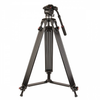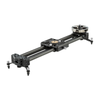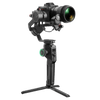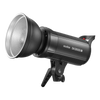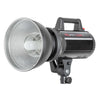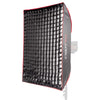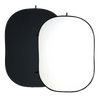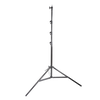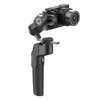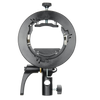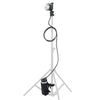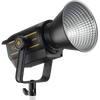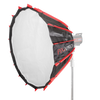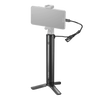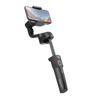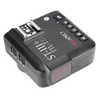A Beginners Guide to Stop Motion Photography
Stop motion (or stop-frame), and it is an animation technique that has existed for over a century. Filmmakers realised early on that they could create amazingly unique animations by simply starting and stopping their cameras. Objects, clay, puppets, and even people can be animated in stop-motion, and the principles are always the same; place your subject in front of the camera and take a picture, move the subject slightly and take another picture, continue this process, and once you have enough images you can string the images frame-by-frame, so the subject appears to move.
Typically 12 frames create one second of stop motion, and by varying the degree of movement, you can make the object move faster or slower between frames, which is the most basic principle of animation. However, you must ensure your subject has moving parts, so it is flexible, but at the same time, it should be able to hold a pose for an extended period of time. If you're using inanimate objects or puppets, they can be a little more complicated to animate, but you can always secure them in place using sticky tacks or use wires to maintain a balance between structure and flexibility.

Initial Preparation
Stop motion is a series of pictures played rapidly to produce the illusion of movement, and generally, you take a picture, then you make some minor changes like moving an object slightly, and then take another picture to produce the animation. However, before you even start taking pictures, you need to know how your stop motion video will flow, so it's best to put together a rough storyboard where you can detail the camera positions along with rough sketches and descriptions of the scenes.
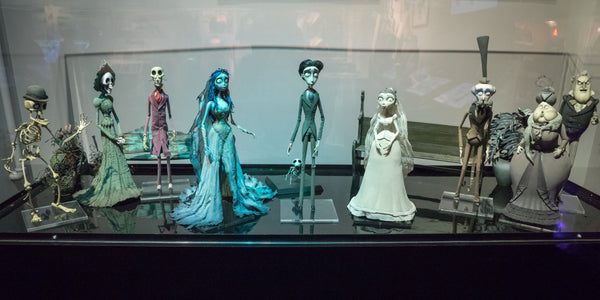
A storyboard can act as a guide, and it will keep you on track when you spend hours shooting every single frame, but make sure to leave room to be creative and spontaneous within your storyboard and incorporate unique ideas that can add an extra flair to the animation. Lastly, before you start shooting, we recommend spending some time conducting test shots to see if the concept works.
Camera Setup
The great thing about stop motion is you don't need a lot of space, and the key to the entire setup lies in achieving stability and consistency. When setting up a camera, ensure you use a proper tripod or camera stand depending on whether you're shooting horizontally or vertically. Stability is highly important, and you should ensure everything is secure as even a single nudge can knock either the camera or your project up slightly, and it can be difficult to align everything back to 100% as even the slightest bump is noticeable in stop motion.
For shooting stop motion, you can use a DSLR camera as you can control the camera directly from your computer using software such as Dragonframe, but you can make do with any high-quality camera or smartphone. There aren't any specific lenses that you would need to use. It is important to ensure you adjust your camera settings before shooting as they must be maintained throughout the duration of the shoot for consistency. Set the camera settings to manual before you start because you don't want the camera to autofocus or adjust the brightness between every picture, significantly increasing post-production time.
When using a tripod, be sure to adjust the height and lock it to ensure the camera remains at the same height throughout the shoot and secure the camera or phone using the relevant attachments, so they do not move. Finally, ensure your camera or smartphone has enough memory and battery as stop motion can often take hours to shoot and be exceptionally taxing on memory.
Lighting Setup
The most important consideration for lighting a stop motion set is the consistency, and for this reason, it is important to cut out natural light as much as possible as it is difficult to maintain the same exposure level while shooting throughout the day. Natural light can also introduce unwanted flickers or changes in light which might not be noticeable during shooting, but would be evident in the final result.
As artificial lighting is the way forward in stop motion, the placement, and type of lighting used in the setup determine how well the final animation turns out. A stop motion set has to be evenly lit, so there are no inconsistencies in shadows or light intensity when the subjects move, which is why it is important to use light stands to secure different lights in place, whether they're being used as fill lights or backlights. A well-lit setup ensures there are no glares or reflections that can disrupt the animation.
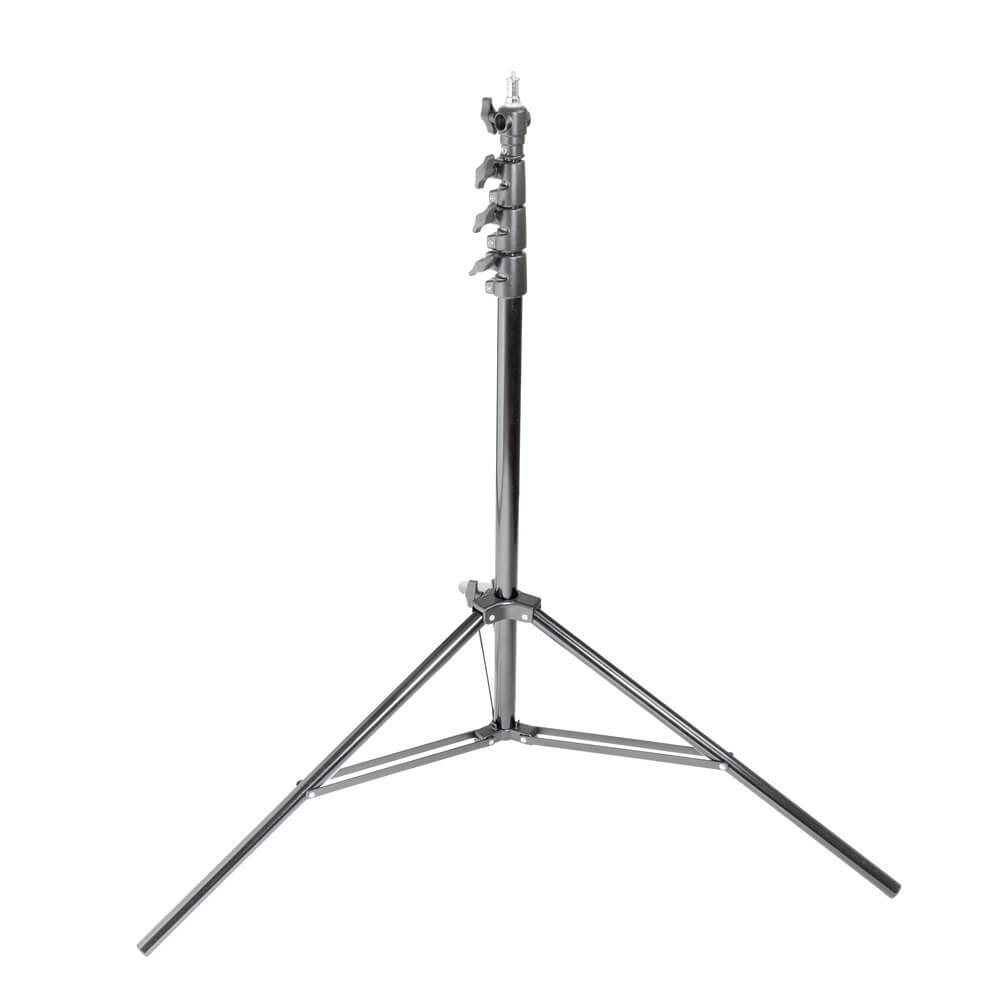 |
 |
 |
| 240cm Air Cushioned Light Stand | 240cm Heavy Duty Retractable Light Stand (Auto Stand) | 300cm Heavy Duty Retractable Light Stand |
Continuous lighting is ideal for stop motion as the results are consistent as the lights will remain on at the same brightness. Fluorescent lighting, which is great on a budget, uses bulbs with umbrellas and softboxes to help soften the lighting and reduce unwanted shadows, making it a great choice for studio working and for a lightweight, yet powerful setup.
 |
 |
 |
LED lights are another option, often providing more versatility. LEDs can come in lighting head format which you can attach modifiers such as softboxes and gels to, or in panel form if you're looking for a more straightforward diffused light.
 |
 |
 |
Softboxes and other modifiers can also be used to produce more natural lighting, but it is important to ensure the light positioning does not change and that you don't block or reflect the light when moving the subject at any point for added precision. A bigger softbox = softer, more diffused lighting, as it spreads the light. Softer lighting may be the key to reducing shadows and creating a consistent light spread to your stop-motion scene.
 |
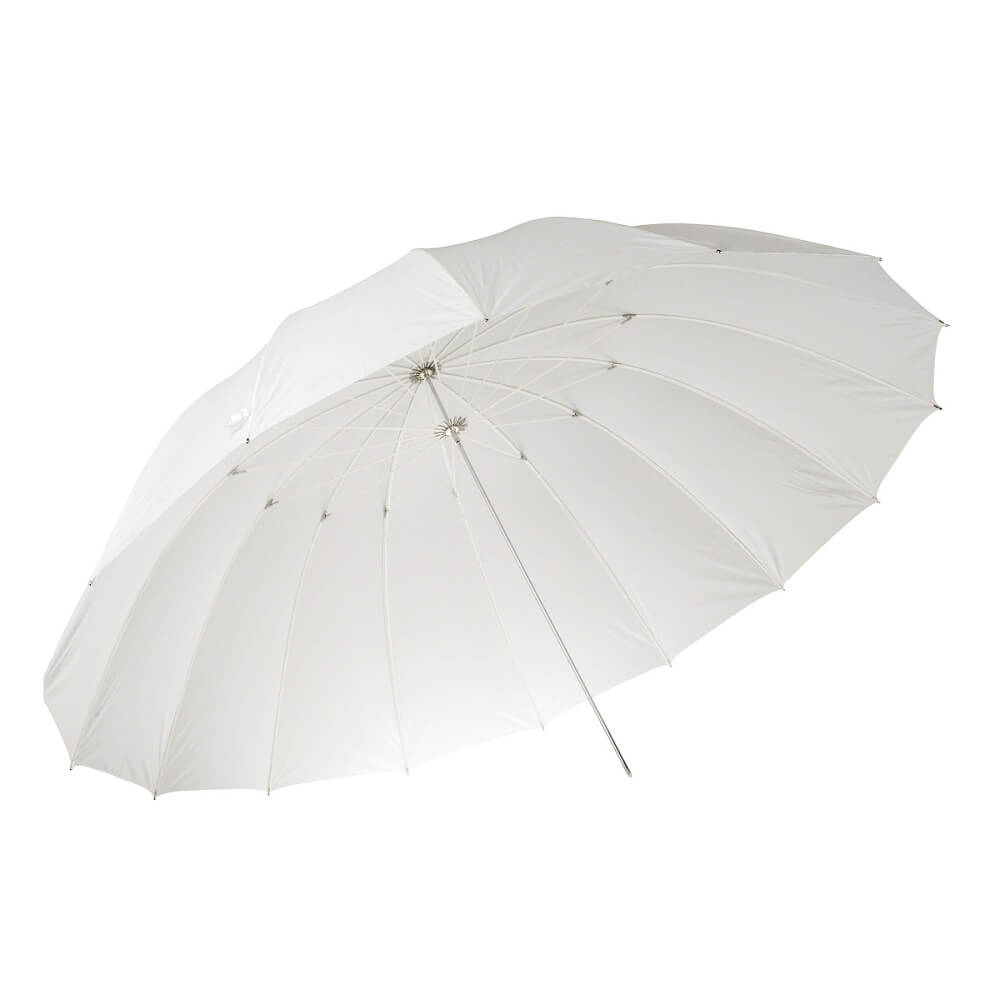 |
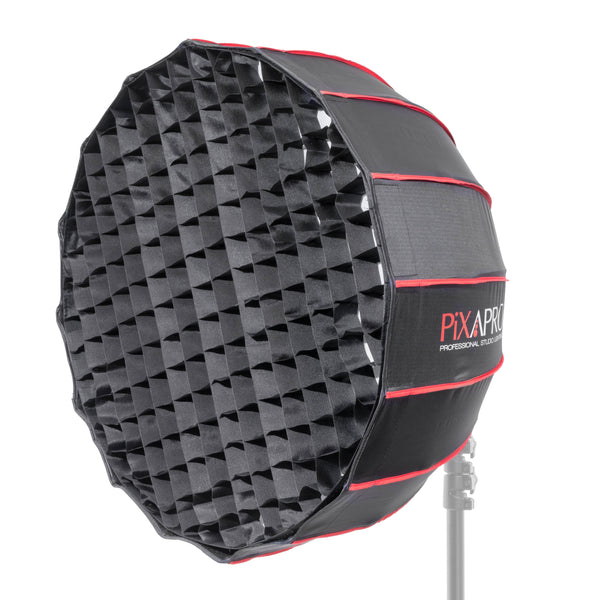 |
Some kits even have everything you need, including multiple lighting units, light stands, and even backgrounds!
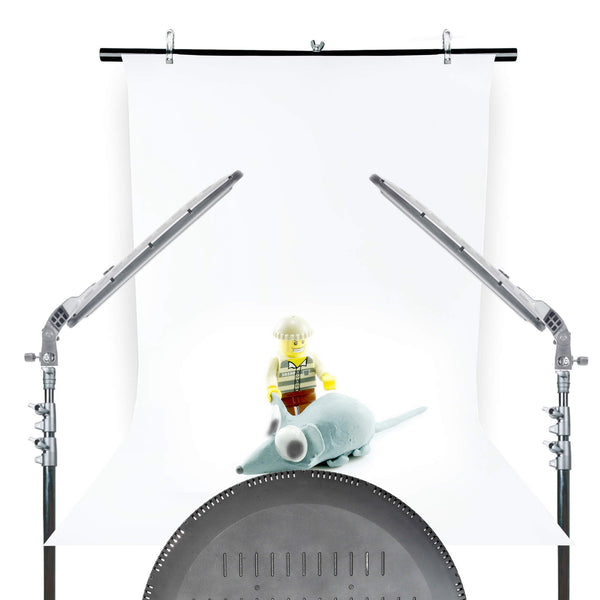 |
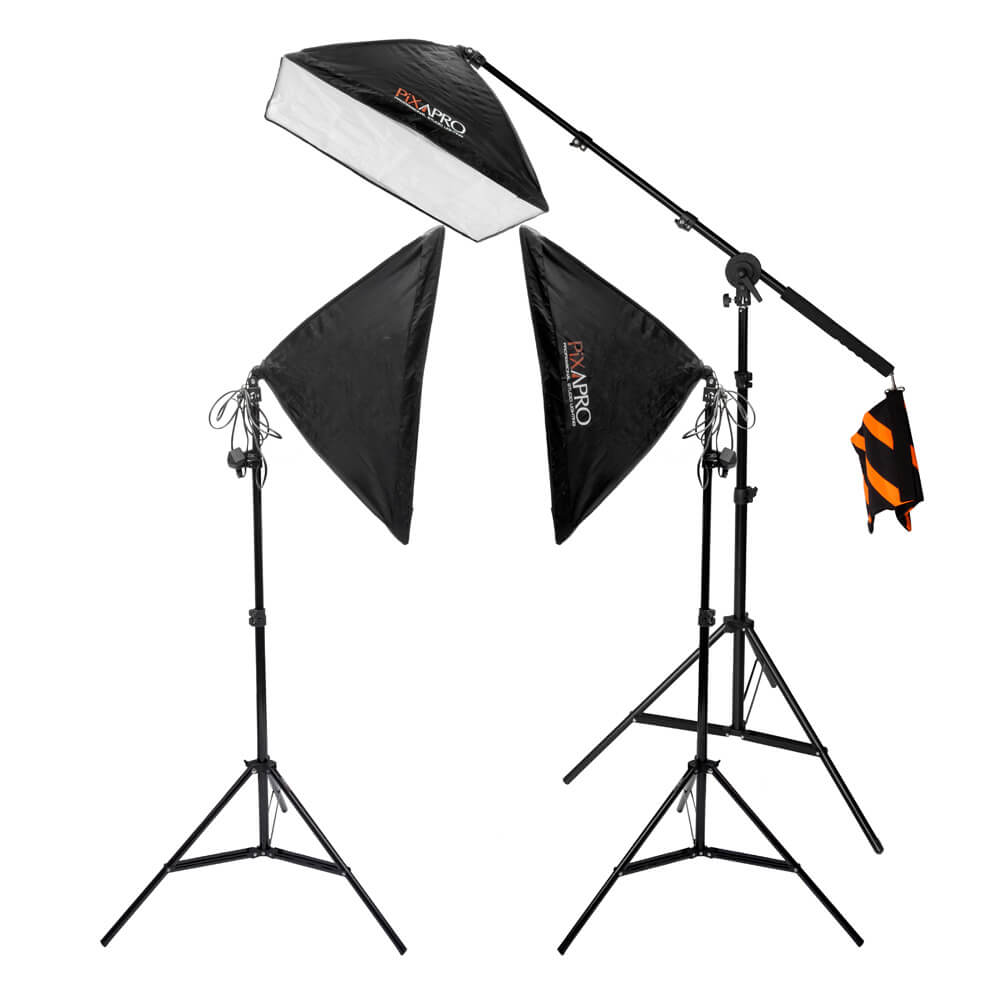 |
3x85W EzyLite Triple Head Continuous Boom Stand Lighting Kit |
Background
The background sets the entire scene of the stop motion animation, and regardless of whether you print your own or use a commercially produced option, it is essential to fix or tape all your backgrounds so they don't move. If you need to move the background throughout the shots, tape down rulers so your images line up properly, making it easy to move. If you choose to add a background in post-production, you can opt for green screens so you can insert a new background that is consistent throughout the set but make sure the green screen is smooth and evenly lit, so there are no issues during editing.
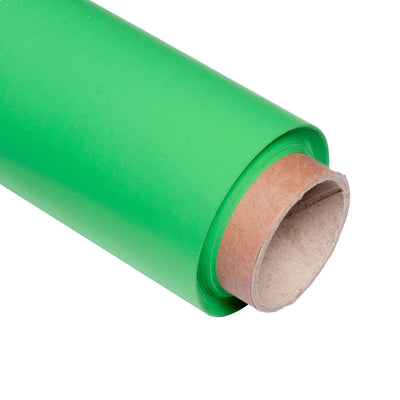 |
 |
 |
1.5mx2m Foldaway Background Stand with Pull Up Green Screen Background |
Conclusion
Stop-Motion animation is very popular especially for Children's animation and television projects. Getting started with stop-motion is much easier if you start off with the correct equipment for the job, and will ensure you have a much more consistent and professional result at the end.
Got questions about the products you've seen in this blog? Speak to our team at info@essentialphoto.co.uk for some advice and recommendations for lighting kit for your next project.







































